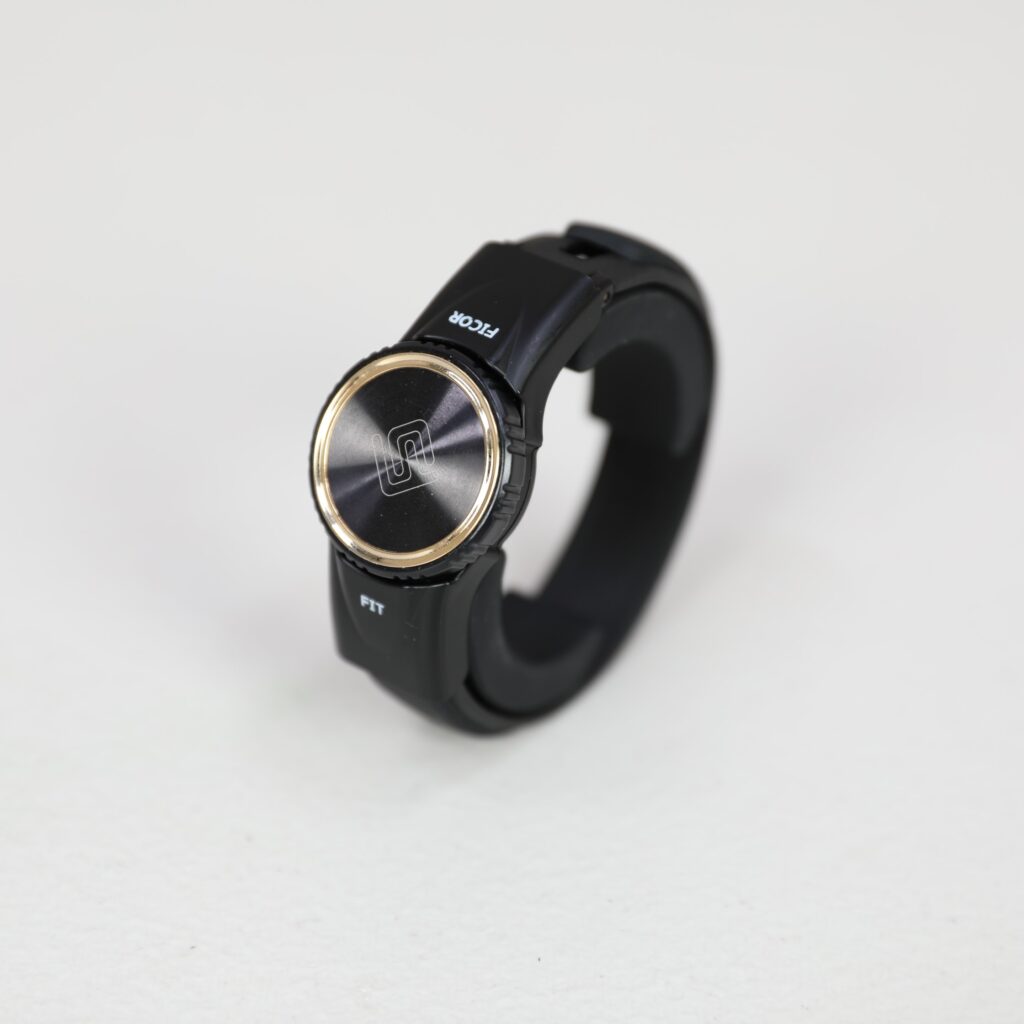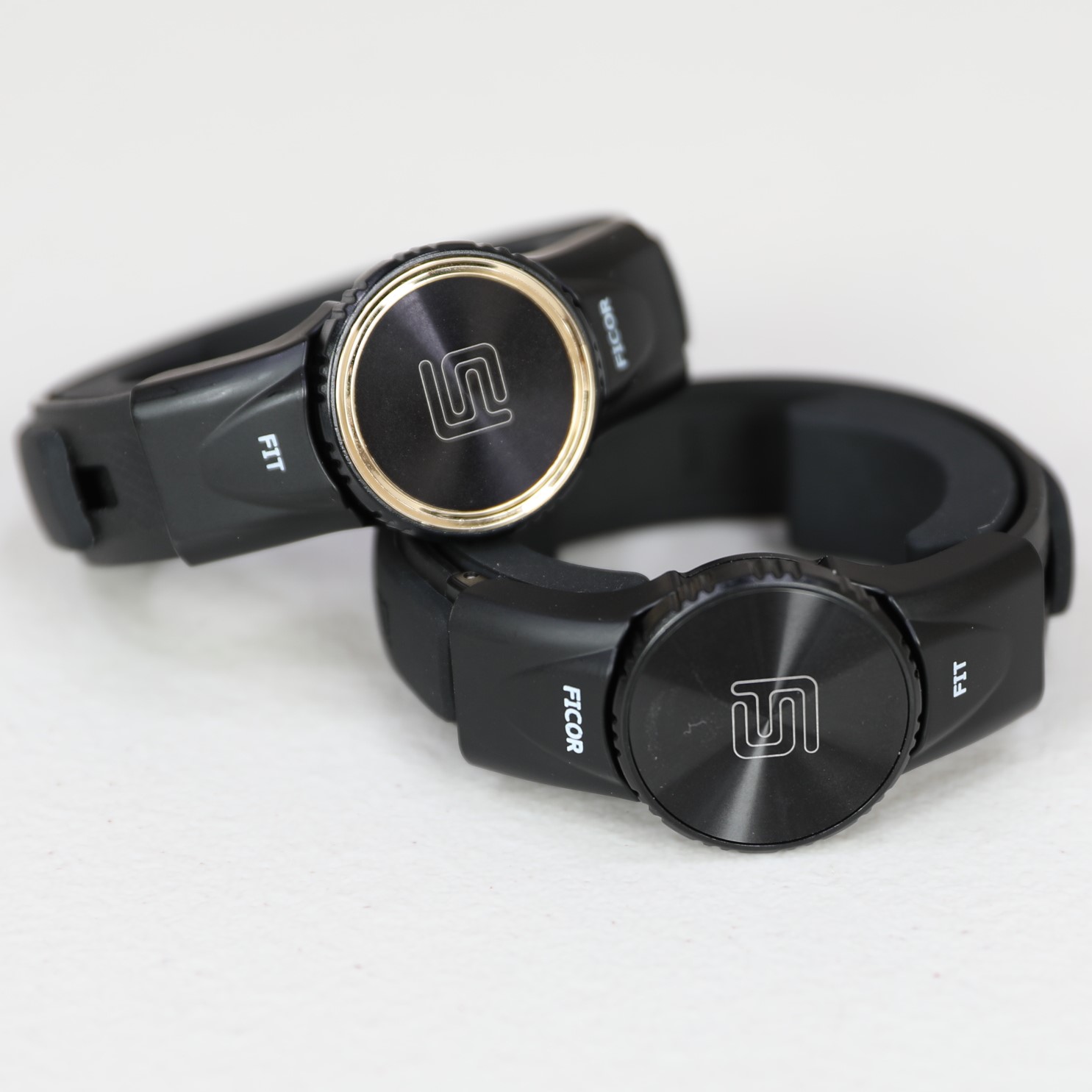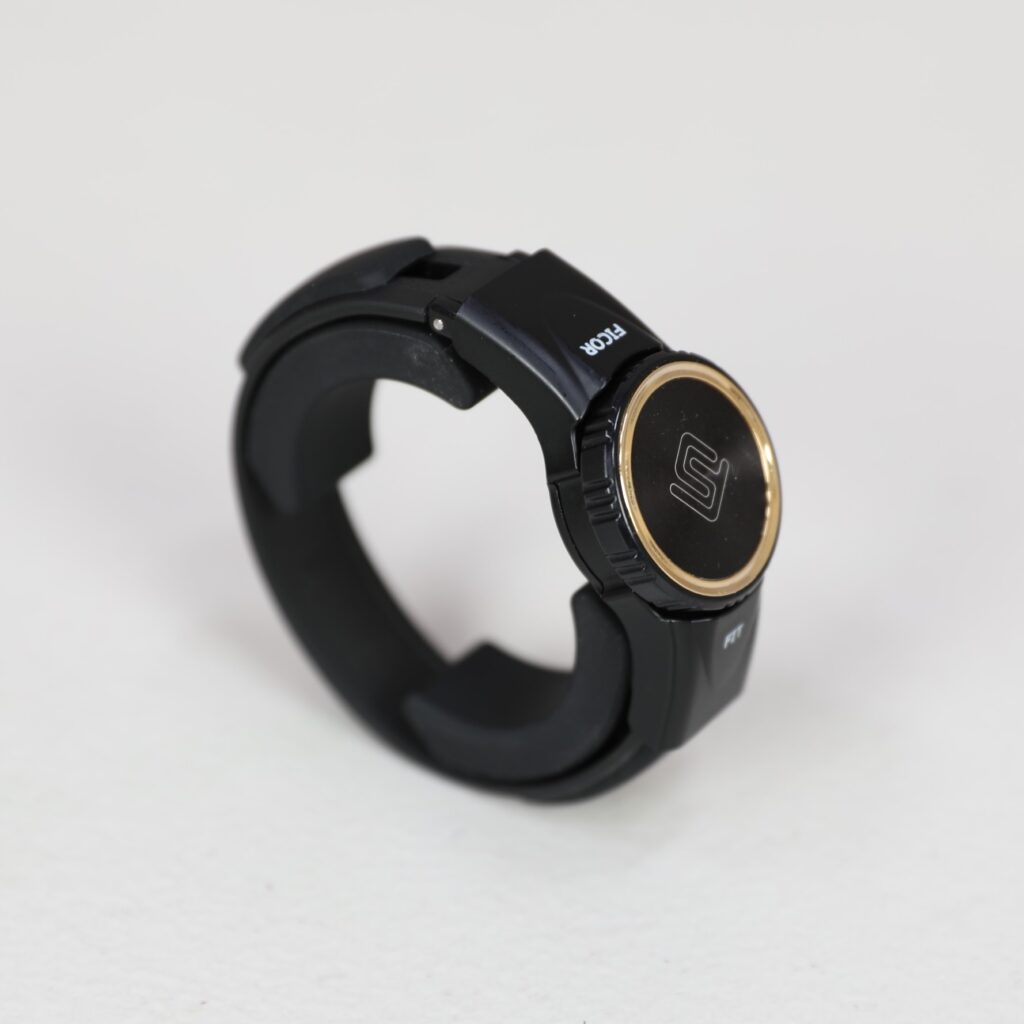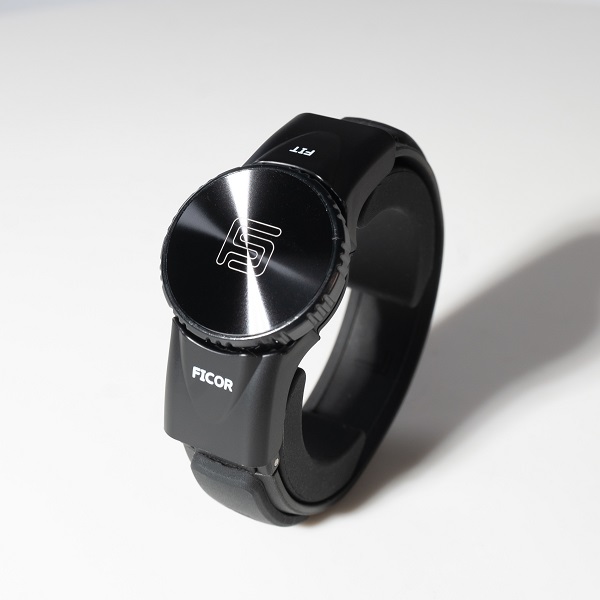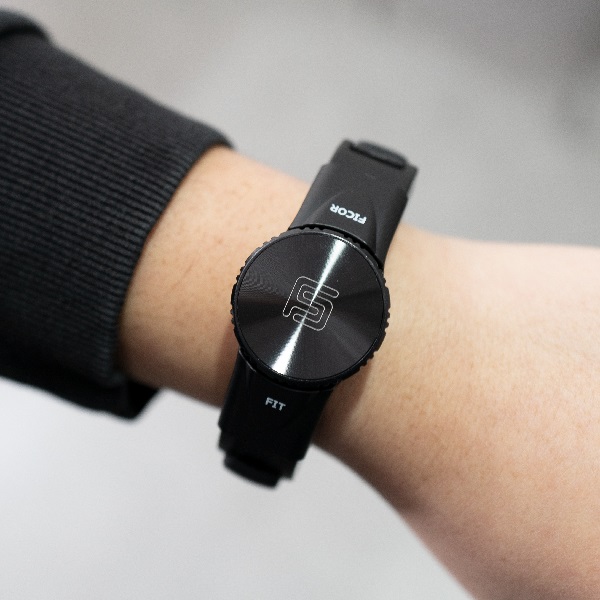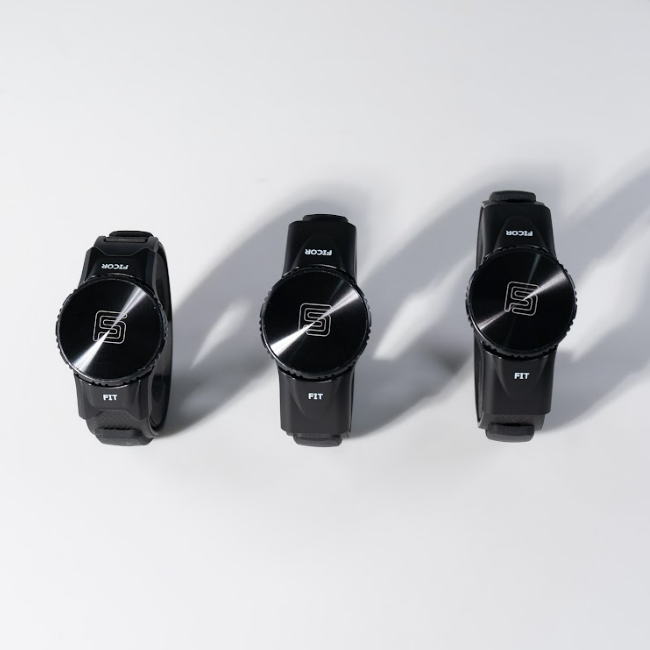Ships within 10 days.
30 Day Money-Back Guarantee
U.S. Company
Golf Wristband
Wristband for Golfers with Wrist Pain
What kind of injuries do golfers get in their wrists?

Golfers can experience a number of wrist injuries due to the repetitive motion and strain involved in swinging a golf club. Common wrist injuries from golf include:
– Golfer’s Wrist: This term refers to a range of overuse injuries that can affect golfers, including tendonitis and inflammation in the wrist tendons.
– TFCC Tear: The Triangular Fibrocartilage Complex (TFCC) is a group of ligaments and cartilage in the wrist. A tear in this area can cause pain, especially during the impact of the golf swing.
– Carpal Tunnel Syndrome: Repetitive wrist movements can contribute to compression of the median nerve in the wrist, leading to symptoms like a sore wrist, pain, tingling, and numbness in the hand and fingers.
– Wrist Sprains: The forceful motion of the golf swing can lead to a sprained wrist, which involves stretching or tearing of ligaments in the wrist.
– De Quervain’s Tenosynovitis: This condition involves inflammation of the tendons on the thumb side of the wrist.Wrist tendonitis from golfing can cause pain and difficulty moving the thumb and wrist.
– Ganglion Cysts: These fluid-filled sacs can develop on the wrist, potentially causing discomfort and affecting movement.
– Fractures: In some cases, golfers may sustain wrist fractures, especially if they hit the ground or an object forcefully during their swing.
– Golfer’s Elbow: The primary cause of golfer’s elbow is overuse or repetitive stress on the tendons that control wrist and finger movements.
What are the causes of wrist injuries when playing golf?
Wrist injuries in golf often develop from the repetitive and forceful nature of the golf swing, as well as the grip and impact involved. Some common causes of wrist injuries when playing golf include:
– Repetitive Motion: The repetitive swinging motion of a golf club can strain the wrist over time, leading to overuse injuries like tendonitis and strains.
– Incorrect Swing Technique: Poor swing mechanics like improper wrist alignment or excessive force, can increase the risk of wrist injuries.
– Grip Pressure: Gripping the club too tightly or incorrectly can contribute to wrist strain, especially during impact.
– Sudden Impact: The impact of the golf ball on the clubface, particularly if the club hits the ground or an object before striking the ball, can transmit force to the wrists and lead to injuries.
– Underlying Conditions: Pre-existing conditions like arthritis or joint instability can make the wrists more susceptible to injuries while playing golf.
– Overexertion: Pushing through pain or playing excessively without proper rest can lead to overexertion and increased risk of injury.
– Incorrect Equipment: Using clubs that are too heavy or not properly fitted to your body can increase strain on the wrists.
– Lack of Warm-up: Failing to warm up adequately before playing can leave the wrists and muscles unprepared for the demands of the golf swing.
– Age and Physical Condition: As golfers age, their joints and muscles may become less flexible and more prone to injury. Physical conditioning and flexibility play a role in preventing wrist injuries.
– Terrain and Conditions: Playing on uneven surfaces, hitting from rough or sand, or playing in adverse weather conditions can impact wrist health.
What are the symptoms of repetitive strain injury in the wrist?
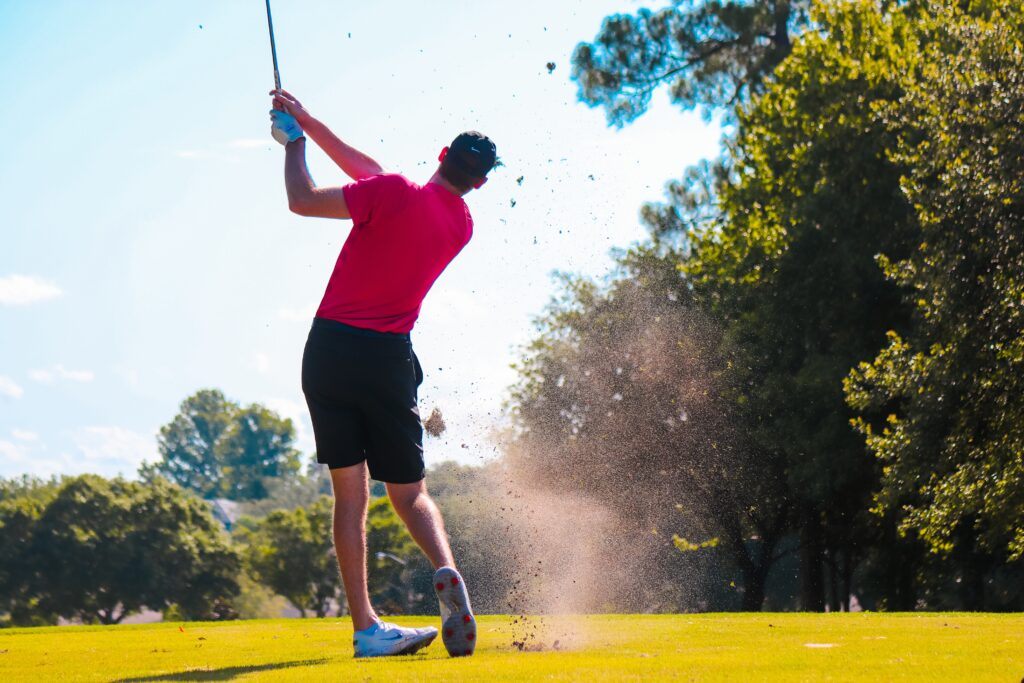 Repetitive Strain Injury (RSI) in the wrist can cause a range of symptoms that typically develop gradually over time due to repetitive movements and strain on the wrist which can occur in golfer’s wrists. Some common symptoms of RSI in the wrist include:
Repetitive Strain Injury (RSI) in the wrist can cause a range of symptoms that typically develop gradually over time due to repetitive movements and strain on the wrist which can occur in golfer’s wrists. Some common symptoms of RSI in the wrist include:
– Pain
– Tenderness
– Swelling
– Weakness
– Stiffness
– Tingling or Numbness
– Sore Wrists
– Reduced Grip Strength
– Fatigue
– Pain Radiation
– Pain Aggravation
– Difficulty Performing Tasks
How long does golfer’s wrist pain last?
The duration of golfer’s wrist pain varies based on the injury’s severity and treatment received. Mild cases may resolve in a week or two with rest and care, while more serious cases could take longer, possibly requiring medical attention and therapy for a few weeks to months. Seeking timely medical advice is important for quicker recovery. Wearing a Ficor Fit wristband can help alleviate swelling and pain.

Looking for the Perfect Golf Wristband?
Experience the innovative design
of the Ficor Goldilocks wristband
What are common ways for golfers to treat wrist pain?
Common ways to treat golfers’ wrist pain include wearing a wristband, rest, ice, compression, elevation, over-the-counter medications, physical therapy, ergonomic adjustments, warm-up and stretching, professional guidance, cessation of play if necessary, and medical interventions if pain persists. Consult with a medical professional for proper diagnosis and treatment.
How is the Ficor Fit band designed to help relieve wrist pain from golfing?
The Ficor Fit golf wristband is designed to relieve wrist pain by exerting gentle pressure on the two primary wrist bones while it creates radioulnar stabilization. The lower part of the wristband reduces pressure on the nerve system.
What makes the Ficor Fit band better for wrist pain than golf bracelets?
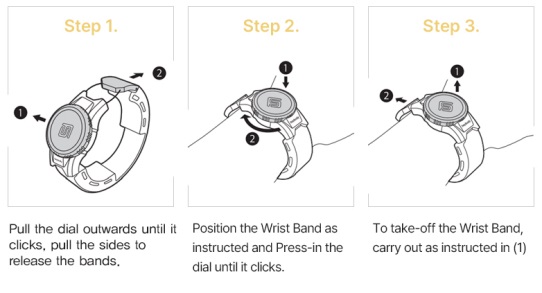
If you’re a golfer who suffers from wrist pain and has used golf bracelets, the Ficor Fit wristband works better to alleviate swelling and pain, while offering unsurpassed support for your wrist. Our wristband for golfers is better for addressing wrist pain than golf bracelets due to these reasons:
– Customizable Support and Comfort: The Ficor Fit wristband offers customizable fit, adjustable compression and support, catering to your individual needs and stabilizing your wrist. Golf bracelets tend to have a one-size-fits-all approach. The Ficor Fit wristband strikes the ideal balance between compression and flexibility.
– Targeted Pain Relief: The Ficor Fit wristband targets specific pressure points for pain relief, offering more precise relief than generic golf bracelets.
– Multi-Purpose Design: The ergonomic Ficor Fit wristband is designed to provide relief for golf-related pain, and other causes of wrist pain while golf bracelets may only focus on golf-related strain. It’s constructed with Thermo Plastic Elastomer, a premium breathable material that promotes air circulation, keeping your wrist cool and comfortable during the healing process.
– Scientifically Tested: The Ficor Fit wristband has scientifically researched and tested features that provide optimal pain relief, setting it apart from conventional golf bracelets. It not only stabilizes the wrist but promotes proper alignment to minimize tendon stress.
– Versatility: The Ficor Fit wristband helps a range of wrist conditions, making it a suitable solution for various causes of wrist pain.
– Protective: The Ficor Fit wristband acts as a protective measure for anyone who is worried about straining their wrist due to their lifestyle.
Say goodbye to golfer’s wrist pain and say hello to relief when you wear the Ficor Fit wristband.
How long do you have to wear a carpal tunnel wristband or brace?
The duration for which a carpal tunnel wrist brace or wristbands, like the Ficor Fit or Ficor Goldilocks, should be worn varies based on individual factors and medical guidance. Generally, it is recommended to wear the brace during specific circumstances, particularly activities that have the potential to exacerbate carpal tunnel symptoms. The goal is to provide support and alleviate strain on the wrist to minimize discomfort and prevent further irritation of the median nerve.
The decision regarding how long to wear a wrist brace is influenced by several factors:
– Severity of Symptoms
– Specific Activities
– Work and Lifestyle
– Guidance from Healthcare Provider
– Rest and Recovery
Wrist Pain Symptoms
Symptoms of CTS include pain and tingling in the wrist & fingers, numbness/weakness in the hand.
Golfer’s elbow occurs when the tendons and muscles in the forearm are overused.
The symptoms of Tennis Eblow can include pain, swelling, and stiffness in the elbow.
Repetitive Strain Injury (RSI) is caused by repetitive motions such as typing, sewing, or using a mouse.
Triangular Fibrocartilage injuries are caused by overuse or misuse of a muscle or joint.
Wrist tendonitis is inflammation of the wrist tendons and can affect all ages.
Wrist sprains are characterized by twisting or rotating the wrist suddenly.
De Quervain’s Tenosynovitis causes pain and tingling in the wrist or hand.




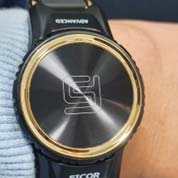
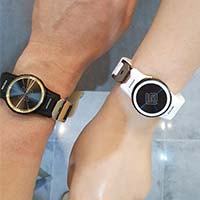

© Ficor Health, Inc. | All Rights Reserverd

